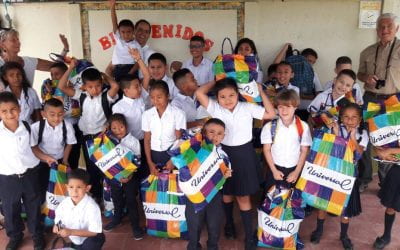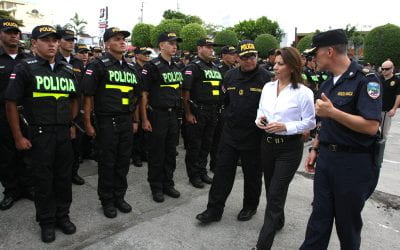Educational Blackout in Costa Rica
The Challenges of a National Emergency
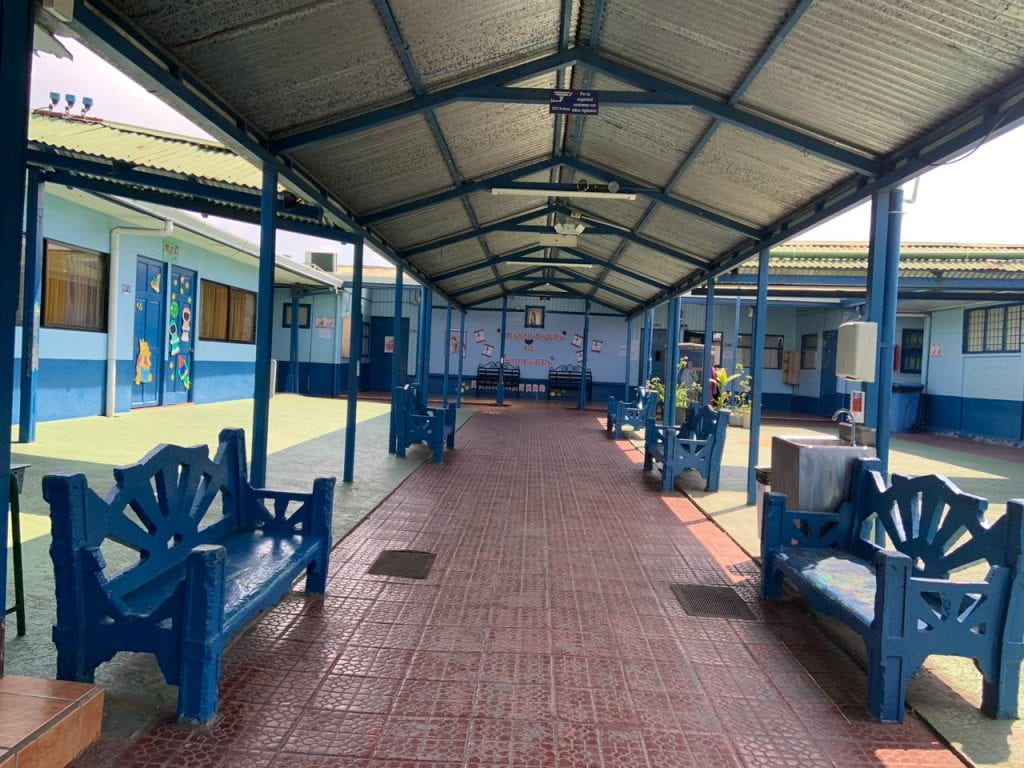
View of Costa Rican school. Photo courtesy of Isabel Vega
I grew up poor in San José, Costa Rica, and the possibilities for getting ahead were thanks to my public elementary, high school and university. For the past 20 years, I’ve coordinated a research network that produces a biannual report on the state of Costa Rican education. The report analyzes how much the country has advanced or retreated from its national aspirations for education. It’s been an important challenge, but, above all, a way of giving back for all I have received from my public education.
Education has been a fundamental pillar of development of this small nation, with only six million residents, for which human capital is its principal wealth to compete in the world. However, right now, Costa Rica is experiencing an educational crisis in terms of learning outcomes, resources and management. Past deficiencies, the results of an “educational blackout” and the lack of flexibility in the system to make quick changes and to attend to the most urgent challenges combine to create this crisis.
Since the 19th century, Costa Rica has put its faith in education, adopting universal primary school education quite early. It did so by constructing a wide and robust network of public schools extending to all the corners of the national territory. The majority of boys, girls and adolescents attend these public schools today. It was an outstanding achievement that distinguished it from other countries in Latin America where great sectors of the population do not have access to education, or where education is deeply divided between public and private. On the contrary, in Costa Rica, only 15% of students attend private schools, a very small group concentrated in the central and urban region to which, even if they wanted to, would not have room for the entire student population.
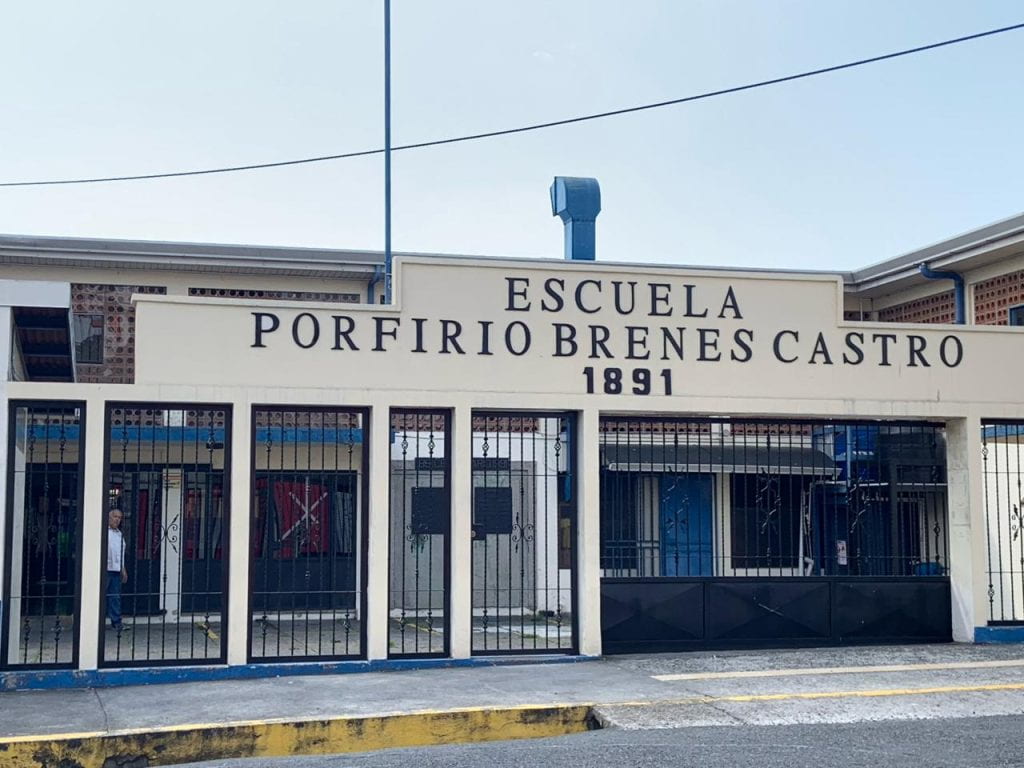
Escuela Porfirio Brenes Castro dates back to 1891. Photo courtesy of Isabel Vega
Since almost all children go to public school, important processes of social integration take place because children of upper-class families have constant interactions with their middle- and lower-class schoolmates. Because of this, it is not rare to find in our national history presidents of the republic, congressional representatives, media directors, important business leaders and academics who were educated in these public schools, sharing the same teachers, the same daily experiences and common values. All this has led to a peaceful, respectful and supportive co-existence among these diverse social groups. Because of this, many say we Ticos (the fond word for Costa Ricans) are very “equalized” and don’t keep social distances.
This decision to emphasize education also involved other relevant historic decisions such as reducing military costs and abolishing the army to dedícate these resources to the formation of the country’s inhabitants. They were, without a doubt, good decisions that permitted us to form an important contingent of human resources with high professional capacities in different fields and a citizenry with strong democratic principles that nourished a robust state of civil, social, economic and political rights.
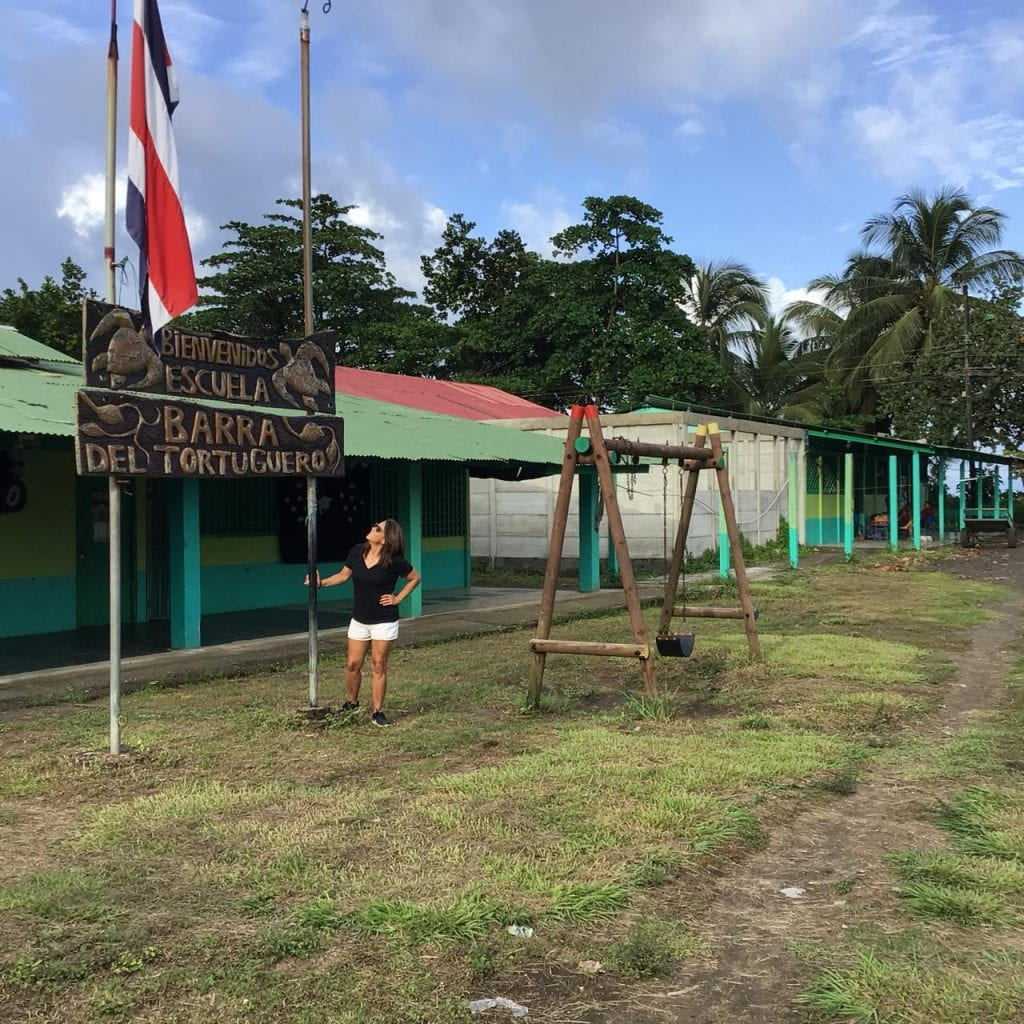
Isabel Vega visits schools in far-flung places like Barra del Tortuga Photo courtesy of Isabel Vega
Stumbling Blocks in the Road
Nevertheless, Costa Rican education has not been exempt from situations of crisis in distinct moments of its history. One of these took place at the beginning of the 1980s, when the worldwide oil crisis set off a calamitous situation of foreign debt in Latin America and forced small nations like Costa Rica to substantially reduce its investment in education below 3% of its Gross Domestic Product (GDP) to achieve macroeconomic stability. This decision, however, had serious consequences for the country as it lost an entire generation of young people, unable to finish high school, and reduced dramatically the construction of new educational centers. It meant that the country was unable to maintain quality learning because of lack of resources.
It took the country twenty years to recuperate from this stumbling block! It was not until the year 2000 that investment in education began to grow again. In 2011, the Costa Rican parliament responded by reforming the constitution to formalize the national decision to invest 8% of its GDP in education. This new historic decision allowed the country to initiate a new cycle of education expansion in regards to access, coverage and curricular reform aimed at improving the quality of the training and formation offered by the national education system to meet the demands of the 21st century.
Nevertheless, the new path faced obstacles. From 2018 to 2022, the country confronted a series of prolonged interuptions in the school year, both because of several teachers’ strikes and the closing of schools due to the Covid-19 pandemic and the vaccination processes that kept thousands of children and adolescents out of school. The Report on the State of Education called this situation, “a national educational blackout” because of the way students were affected in key outcomes such as math and Spanish.
The prolonged closures of schools were unprecedented. The loss of lessons from both strikes and the pandemic were equal to 80% of a regular school year in elementary school and 72% in high school. In 2020, only 13% of lessons were in person and the remaining 87% remote, representing the longest suspensión of classes in the recent history of Costa Rica. Comparing the situation to that of 31 countries, the Organisation for Economic Co-operation and Development (OECD) identified Costa Rica among the countries with the least in-person learning (175 days), together with Colombia (153 days).
Suddenly, parents found their daily routines interrupted since they could not take their children to school. During the strikes and the pandemic, several surveys of parents found that they did not feel prepare to educate their children at home nor did they have enough resources to pay a private school.
The day-to-day life in the communities was also altered and a sense of desperation prevailed in the environment. The streets were empty, devoid of families walking to school with their children or buses taking students to school every morning and afternoon. It was a difficult time in which Costa Ricans recognized once again the importance and centrality of school not only as a space for learning, but also a way to feed their children in the school lunchrooms (which are open to all students); a space for the construction of social relations and co-existence and, even more, a place of protection and care, especially since the “blackout,” child abuse increased at home.
Main Challenges for Costa Rican Education Today
Costa Rica today faces important challenges to respond to the necessities of the school of the 21st century and to promote global citizenship in its children and adolescents.
The first challenge is to recupérate the investment in education. In 2018, the country invested 7.2 % of its budget in education, but in 2024, less then 5.2%. This tendency, which is going in the wrong direction, brings the country further away from the 8% established by the constitution, seriously restricting the possibilities of advancing in areas such as the expansion of programs of equity to support economically disadvantaged students, to improve the learning environments in educational centers with infrastructure, libraries. technology and educational resources, as well as offering training and better working conditions for teachers.
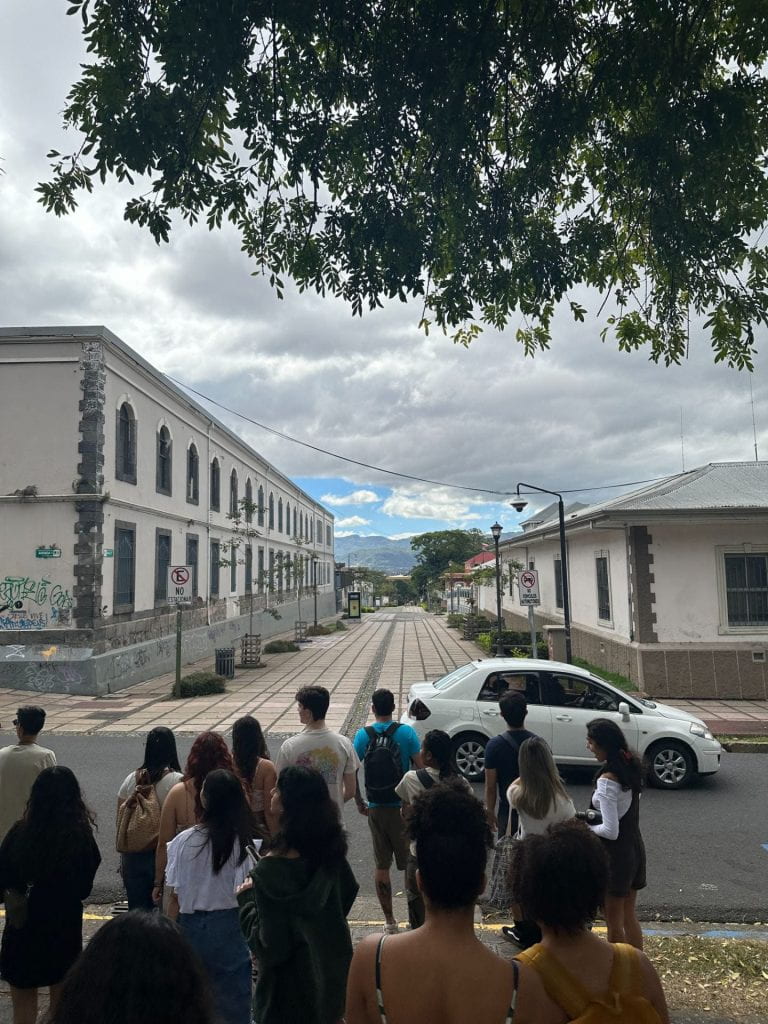
Reducing education budget meant the country lost an entire generation of young people, unable to finish high school. Photo Credit: Arianna Fowler, @arianna.1108 afowler@college.harvard.edu
The second challenge is to reduce the poor learning outcomes demonstrated by students that seriously threaten their educational trajectories. International evidence shows that our students are lagging behind two years, that is, children in the third grade today know what first-graders once did. Moreover, in the area of reading and writing, students in the fourth, fifth and sixth grades have serious problems in spelling and reading comprehension — the backbone to good learning outcomes. The results of the PISA 2022 tests, published by the OECD, confirm the serious lag that our 15-year-old students experience in key areas such as problem-solving, reading comprehension and scientific inquiry, putting Costa Rica behind other nations.
The third challege is to have quality and connected learning environments. This is the “floor” that the pandemic let us see did not exist. Educational centers still do not have adequate conditions for teaching, libraries, enough textbooks or interconnected learning networks connected with high-speed Internet that can be used in every educational center, in a secure manner, or teachers with advanced digital literacy. This situation affects student performance, impedes us from getting out of this educational crisis and deepens educational inequalities. Day by day, the student population loses important opportunities for learning because of the lack of adequate conditions.
The fourth challenge is to improve the quality of the teachers. As several international studies have shown, the quality of teachers is the decisive factor in improving the quality of education. To take on this challenge, Costa Rica must generate a virtuous circle in regards to the profesional development of its teachers, which includes a substantial improvement in the programs of initial formation in the universities, a better process of selection and hiring of teachers in the public school system to ensure that they are the top candidates, the design of programs to mentor new teachers and school directors. Finally, the country needs to develop strong formative evaluations to design ongoing training programs that speak to the main needs of teachers to improve their classroom work and to confront the learning outcomes crisis.
Overcoming the “Blackout” and the Educational Crisis
To keep crying over spilt milk because of the “educational blackout” and to let time go by without attending to these main challenges is not an option for Costa Rica. The important question is whether the country can emerge from the crisis in education it faces. The good news is that the answer to this question is positive—we can do it!
In the past, with a more economically disadvantaged population and less experience, this small country made a difference in choosing education as its main strategy to promote human development and the well-being of its children. Because of this vision, it assigned and prioritized funding for education, trained good teachers and formed a strong social and institutional fabric around education. This is a powerful message to Latin America and the world that social order can have a basis in education and not in weapons.
Today, more than ever, we must take up these historical strengths once again and return to the Costa Rican way of building bridges among social, political and productive sectors to stake our future on education. With this proven formula and good quotas of innovation, I’m sure that my country can make certain that every boy, girl and adolescent, once again, can be the seeds that germinate the future that Costa Rica deserves in the fifty years to come.

Costa Rican school with ample recreation areas. Photo courtesy of Isabel Vega
Isabel Román is a sociologist and professor at the Universidad Nacional de Costa Rica with a Master’s from the Universidad de Costa Rica and a specialization in political science. She has been a consultant for international organizations such as CEPAL, DIALOGO INTERAMERICANO, UNICEF, UNFPA and FLACSO. She is the general coordinator of the Report on the State of the Nation (1999 and 2004) and coordinator of the Report on the State of Education from 2005 to the present.
Related Articles
Homecoming and Public Education: The Cancel Culture (of class time) in Costa Rica
When I returned home on my sabbatical, I couldn’t stop thinking about Svetlana Boym’s extraordinary book, El futuro de la nostalgia.
Crisis of Citizen Insecurity in Costa Rica: A Challenge to the Model of Demilitarized Democracy
I began my political and public service career thirty years ago as Minister of Public Security, the first woman to ever hold that post in my country, Costa Rica.
Editor’s Letter: Is Costa Rica Different?
Is Costa Rica different?

